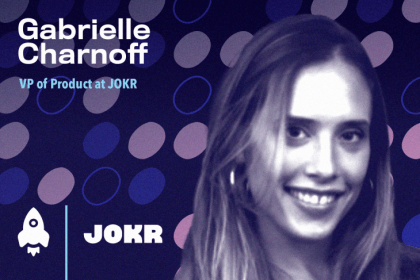
Adam Nicholson, VP of Product Management at AgileOne, discusses how he builds trust in his teams and with customers.

In this article, you will learn the difference between lagging and leading metrics and how you can use them to optimize your product.

A project timeline is a visual representation of the tasks, milestones, and deliverables involved in developing and delivering a product.

An operating model is the crossroad between strategy (why you do what you do) and process (how you do what you do).

As a product person, it’s your responsibility to trim the fat. But identifying the opportunities worth pursuing takes practice and a deep business understanding.

Andy Chen, CPO at Glassdoor, shares insight into Glassdoor’s new community building initiative and how they structure their organization.

PMBOK stands for Project Management Body of Knowledge, and it’s a guide on standard terminology and guidelines for project management.

This article shares the different types of market research surveys and how to create them for your own research.

Gabrielle reveals her strategy for managing change across user segments, establishing constant (and compassionate) communication with employees and customers, and maintaining operational consistency across different locales.

Cody Smith discusses a win-win approach to product management — finding the right balance between business value and customer asks.

Team building activities are activities that your entire team can do together to cultivate strong working relationships.

A software bill of materials is a structured, hierarchical list of components, libraries, and dependencies used in a software system.